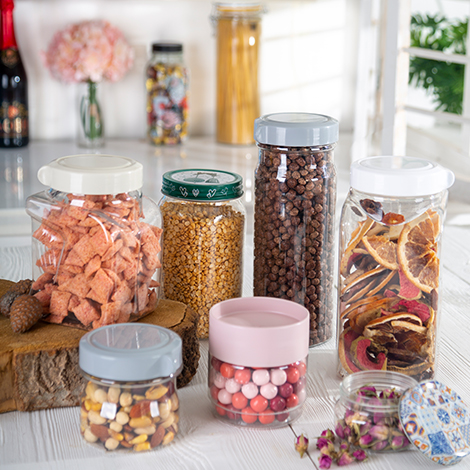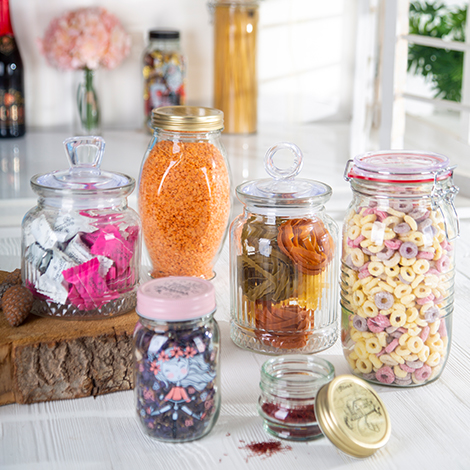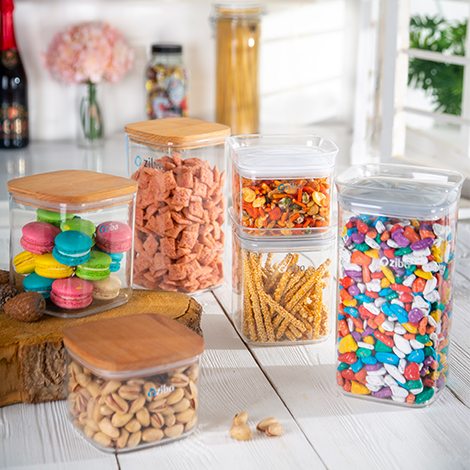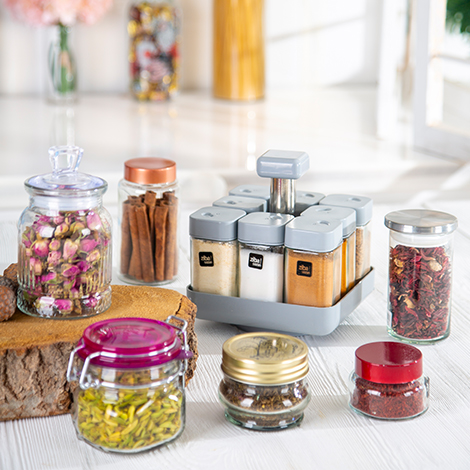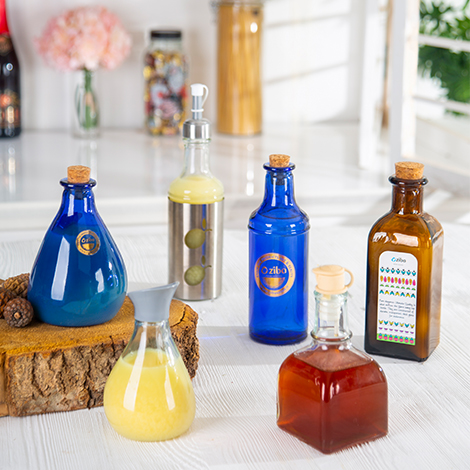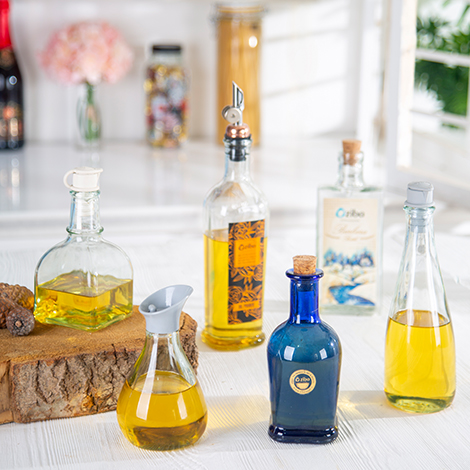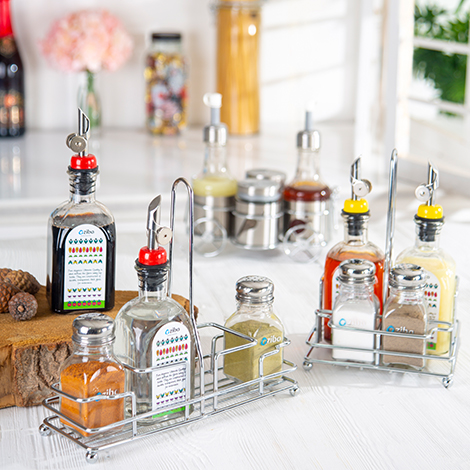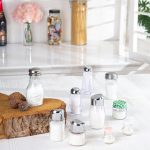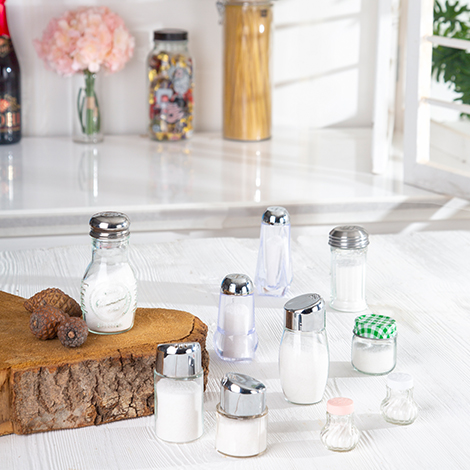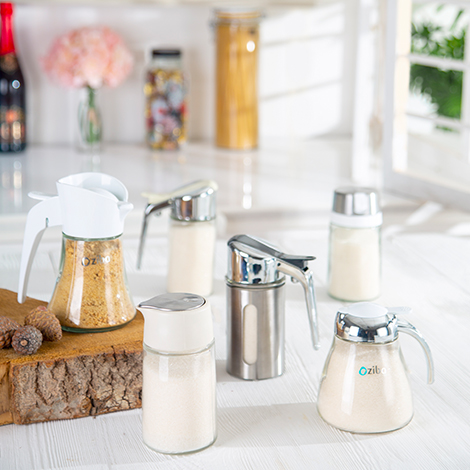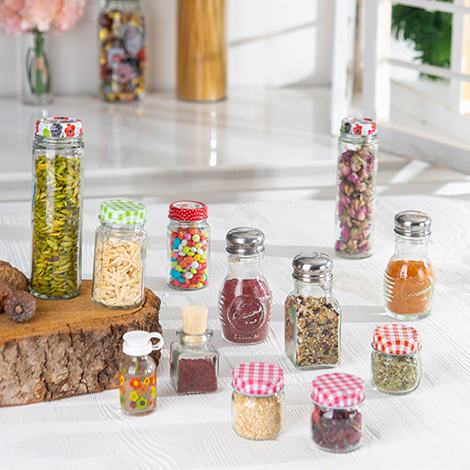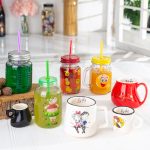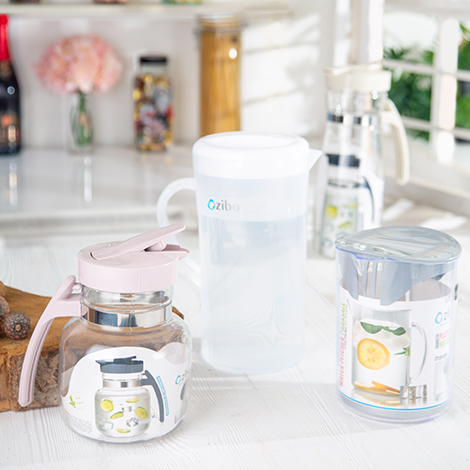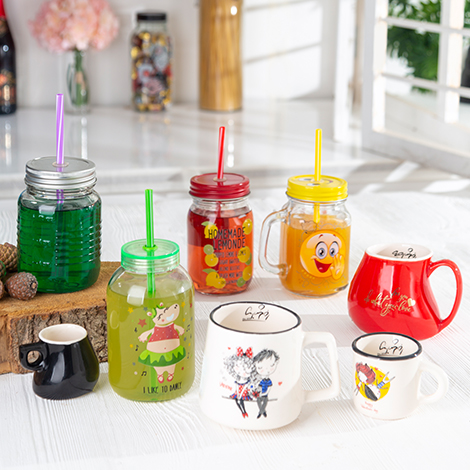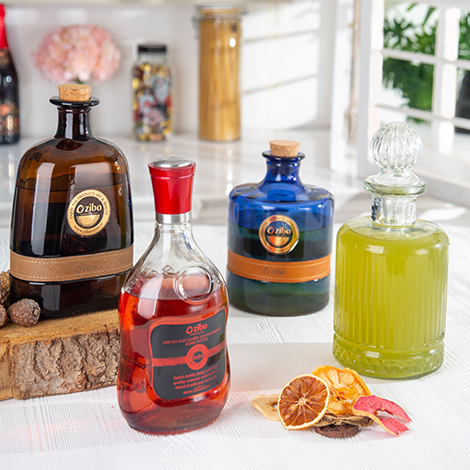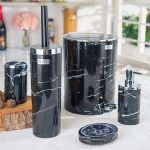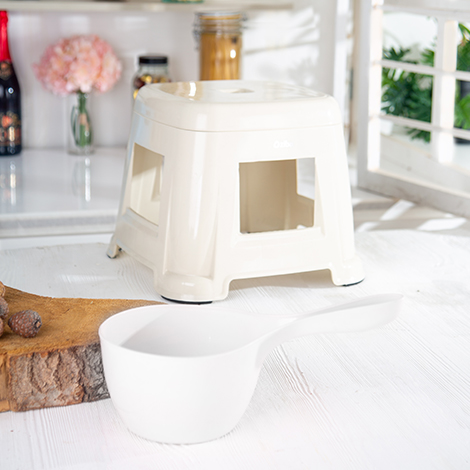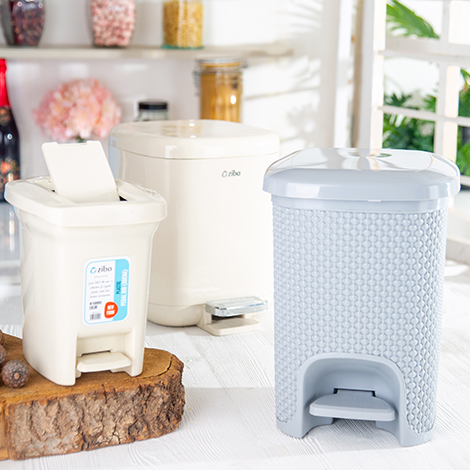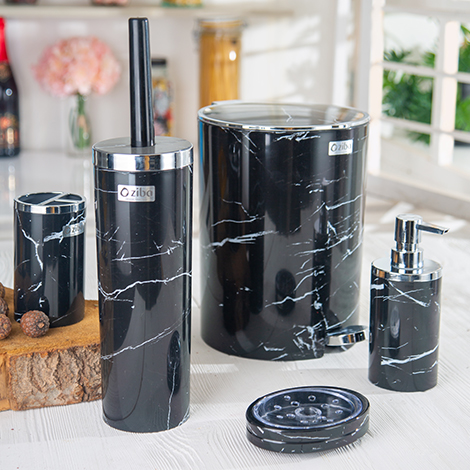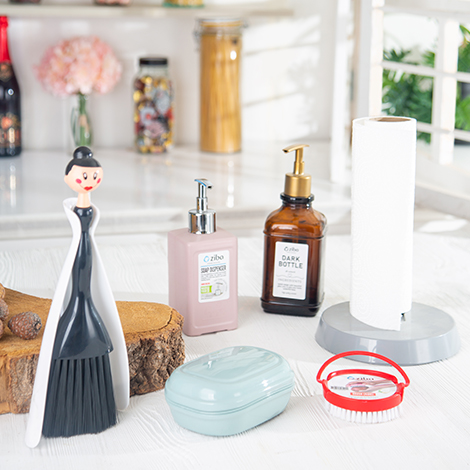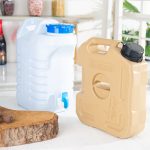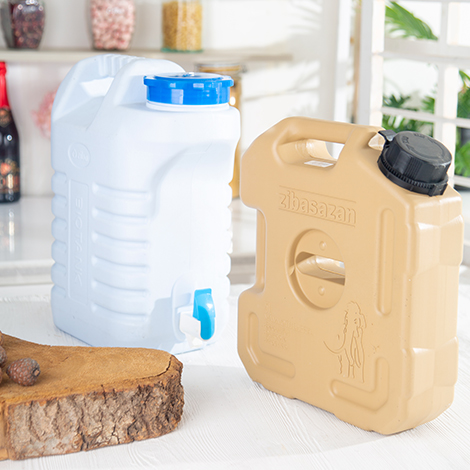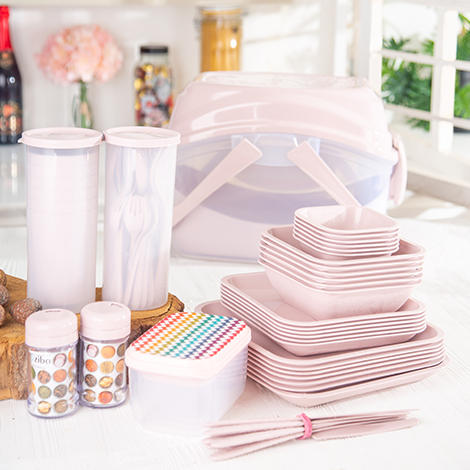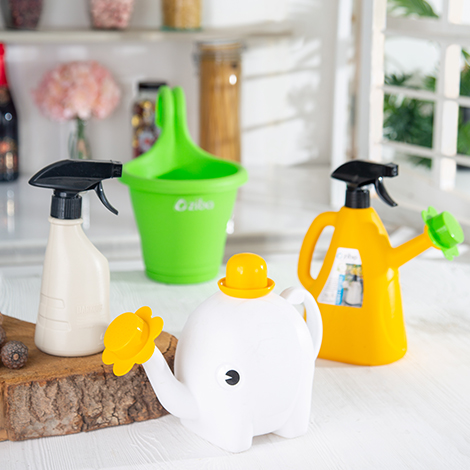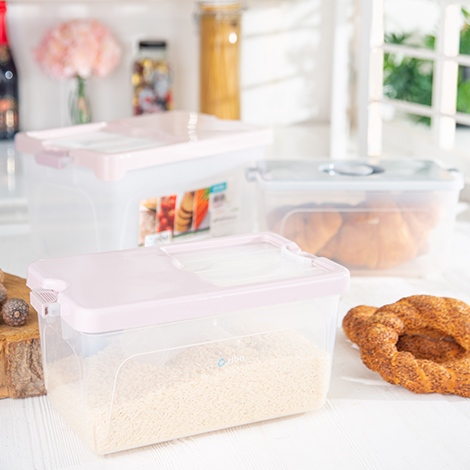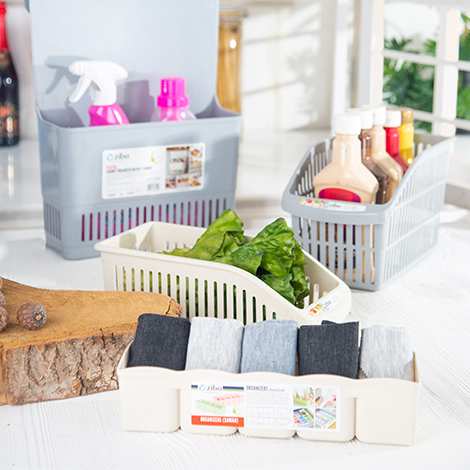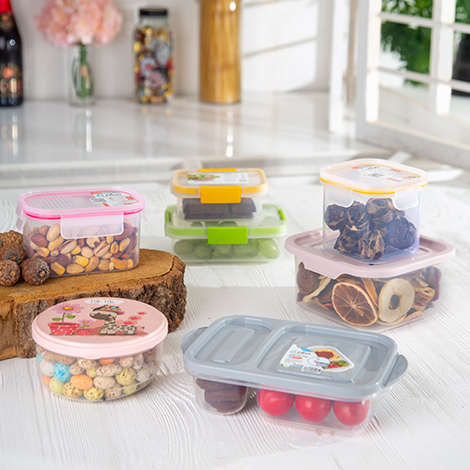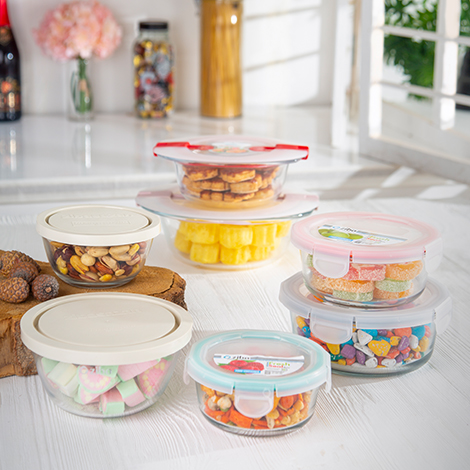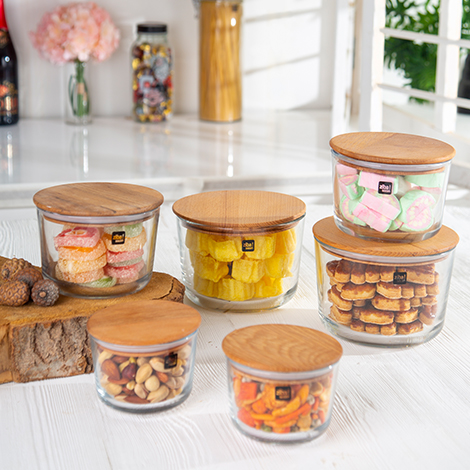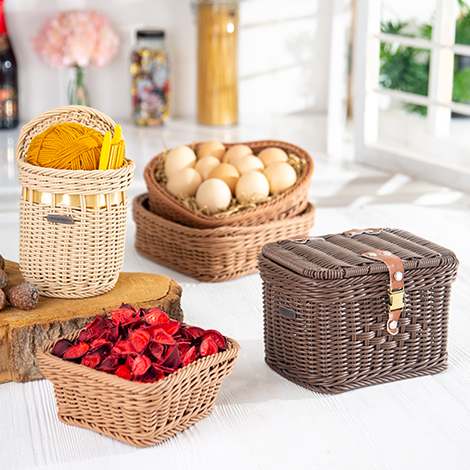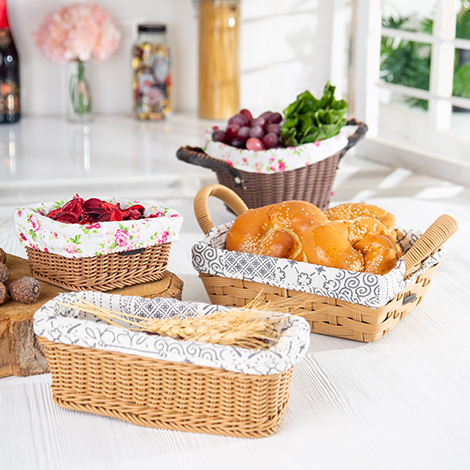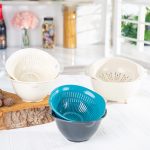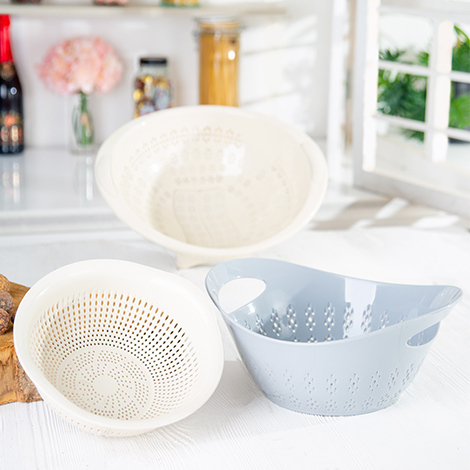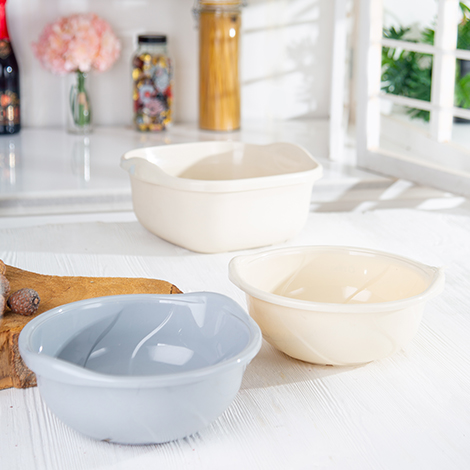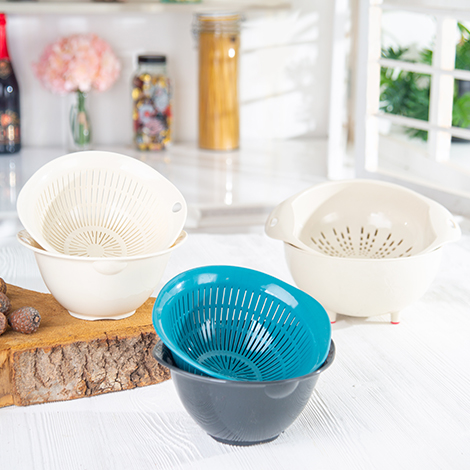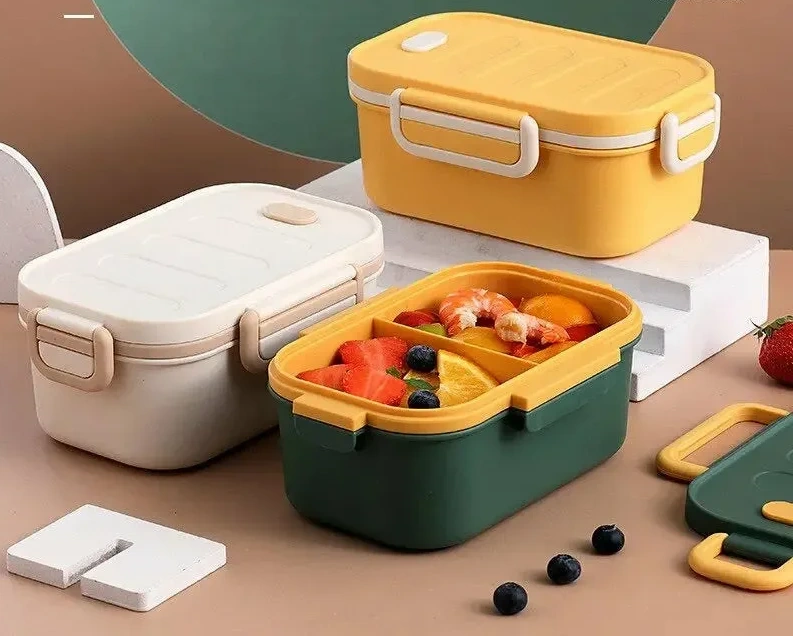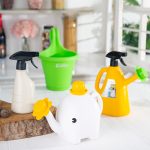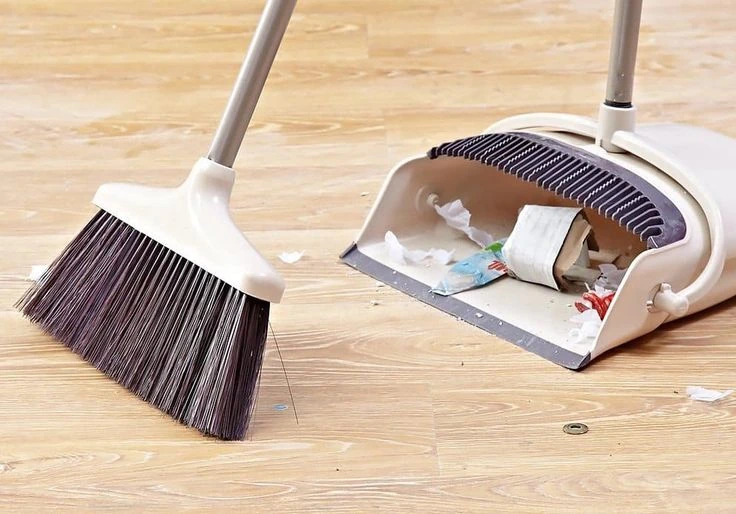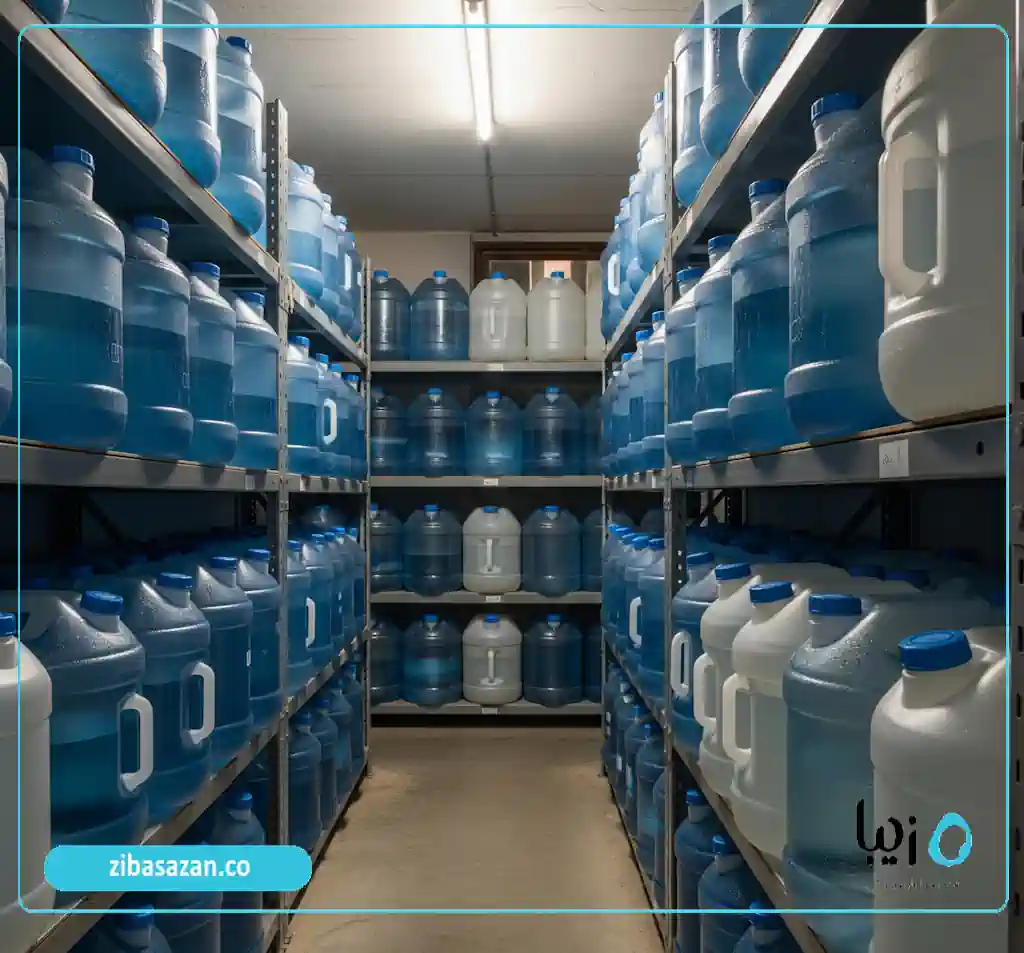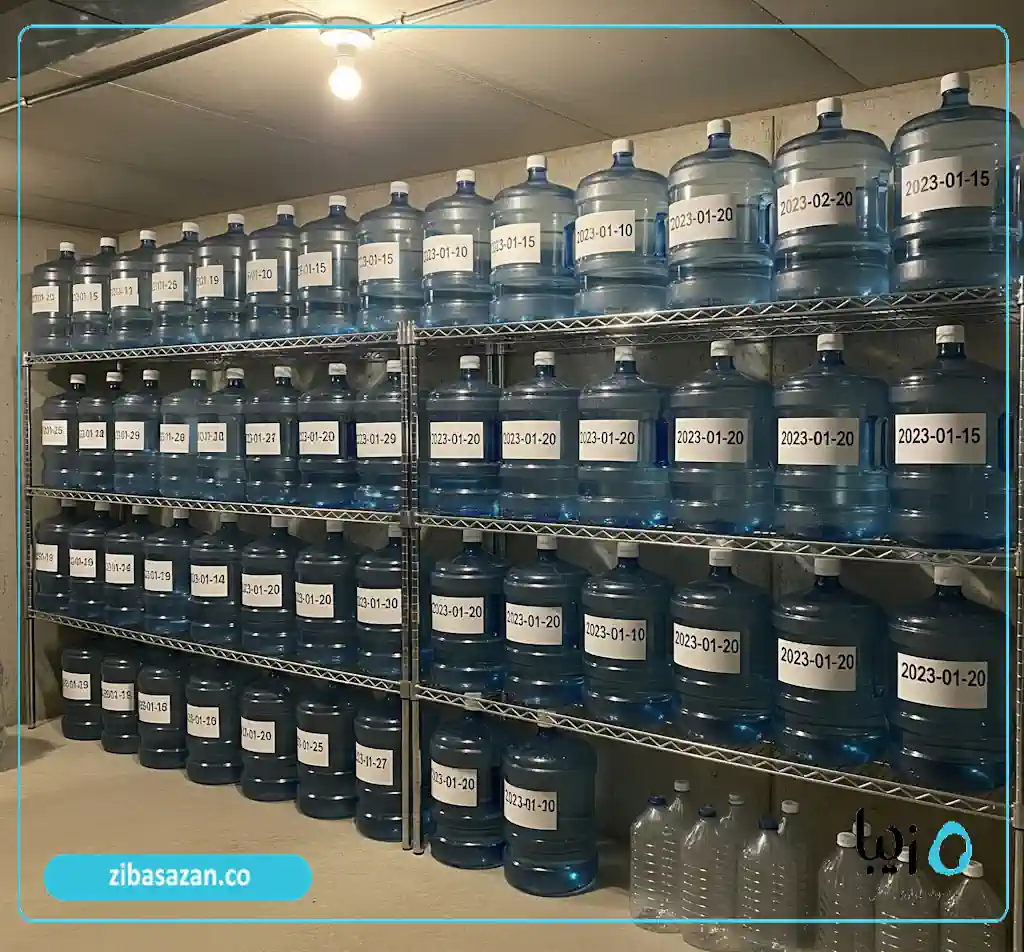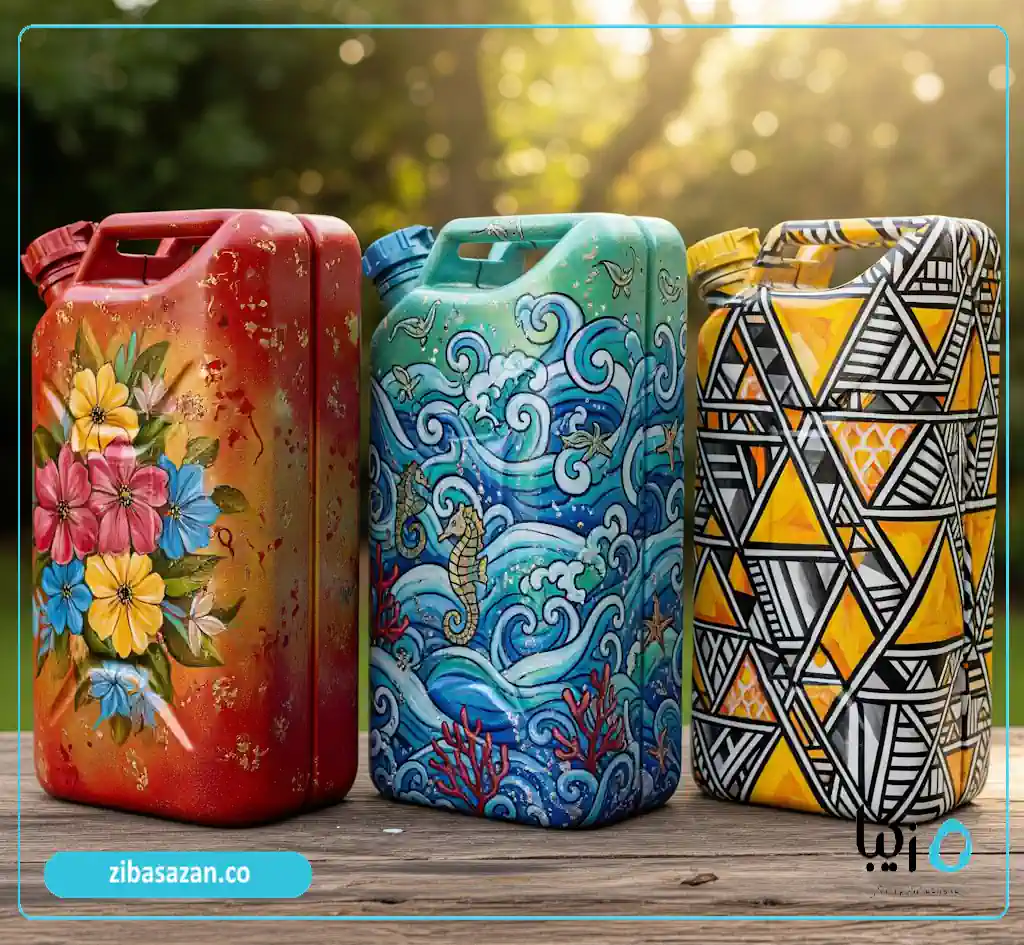Have you ever thought about how you could access safe, drinkable water in an emergency, during a water outage, or even on a long trip? Many of us take this life-giving liquid for granted until we face a shortage.
Long-term water storage in a plastic container is a smart and vital solution, but only if done correctly. One small mistake can turn your stored water into a source of illness. The short and key answer to successful water storage is: you need a suitable, clean, and standard container, initially safe water, and a cool, dark storage location. These three factors are the foundation. But there are key details and techniques that make the difference between safe and contaminated water.
فهرست مطالب
- 1 The Importance of Proper Water Storage in a Container
- 2 Choosing the Right Container for Water Storage
- 3 Container Material: The Most Important Factor
- 4 Important Tips for Keeping Water Safe in a Container
- 5 Initial Preparation and Washing of the Container
- 6 Filling the Container: Use Safe Water
- 7 The Best Places to Store Water Containers
- 8 Why a Cool, Dark Place?
- 9 When to Change the Water in the Container
- 10 General Recommendations for Changing Water
- 11 Final Thoughts on Storing Water in a Container
- 12 Which Cutlery Organizer Is Right for Your Kitchen? The Best Models for Every Cabinet Size
- 13 How to Take Care of Your Plastic Kitchenware Set
- 14 "What is a multi-layer freezer container, and what are its features and benefits?"
- 15 What Is a Salad Spinner and How Does It Keep Your Vegetables Fresh?
- 16 The best waterproof, durable, and incredibly practical plastic bathroom organizers!!!
The Importance of Proper Water Storage in a Container
At first glance, storing some water in a plastic container might seem simple. So why the emphasis on the word “proper”? The importance becomes clear when we realize that water is an ideal environment for the growth of bacteria, algae, and other disease-causing microorganisms. If your container is made of unsuitable materials, is not washed and disinfected properly, or is placed in a warm, sunny location, you are essentially creating a small laboratory for cultivating pathogens. Contaminated water can lead to severe digestive problems, poisoning, and dangerous diseases. Therefore, proper water storage isn’t just about having water available; it’s about guaranteeing the health and safety of you and your loved ones in situations where you might not have access to safe tap water. It’s a proactive and responsible measure that can make the difference between health and illness during a crisis.
Choosing the Right Container for Water Storage
This is the most important step in the process of long-term water storage in a container. Your choice at this stage directly impacts the quality and safety of the water you drink. Not every plastic container is suitable for this purpose. You need a container specifically designed for storing food and beverages. These containers are made from materials that do not react with water and do not add an unpleasant taste or odor to it. At Zibasazan Company, we have created the Zibasazan brand with a deep understanding of this need and relying on years of experience and modern technology. Our water containers are not only stylish and practical but, more importantly, are produced to the highest hygiene standards, so you can store water with peace of mind for an extended period.
Container Material: The Most Important Factor
The material the container is made from is the most critical factor. The best and safest options for long-term water storage are food-grade plastics.
- BPA-Free Plastics: Bisphenol A (BPA) is an industrial chemical used in some plastics that can leach into water over time and be harmful to health. Be sure to look for containers with a BPA-Free label. All water containers from the Zibasazan brand produced at our company are 100% BPA-Free and prioritize your health.
- High-Density Polyethylene (HDPE): This type of plastic, usually marked with recycling symbol #2, is one of the best options for water storage. HDPE is strong, opaque, and resistant, and it does not transfer chemicals to the water.
- Polypropylene (PP): This plastic, marked with #5, is another safe option.
| Plastic Type | Recycling Code | Advantages | Disadvantages | Recommendation |
| HDPE | 2 | Very safe, durable, opaque, no chemical leaching | Less flexible | Highly Recommended |
| PP | 5 | Safe, heat-resistant | – | Recommended |
| PETE/PET | 1 | Clear, lightweight | Not recommended for long-term, repeated use | Suitable for single-use bottles |
Important Tips for Keeping Water Safe in a Container
After choosing a high-quality container, like those from the Zibasazan brand, it’s time to follow key tips for preparing and filling it. These steps are as important as the container choice itself and ensure your water remains free of contamination for a long time. Remember, you are creating an isolated environment for the water, and any initial contamination can multiply over time. So, follow these steps carefully and patiently to be confident in the result. This is an investment in your health.
Initial Preparation and Washing of the Container
Even if your container is brand new, you must wash and disinfect it carefully before using it for the first time. This removes any dust or potential contamination from the production and transportation process.
- Step 1: Wash with Water and Dish Soap: First, wash the container thoroughly with warm water and a small amount of dish soap. Use a clean brush to completely clean all internal surfaces, including corners and the lid threads. Then, rinse the container several times with clean water until no trace of dish soap remains.
- Step 2: Disinfect: To ensure all microbes are eliminated, you must disinfect the container. You can use one of the two methods below:
- Using Chlorine Bleach: Dissolve one teaspoon of unscented bleach in one liter of water. Pour the solution into the container, close the lid, and shake vigorously to ensure the solution reaches all internal walls. Let the solution sit for at least 2 minutes. Then, empty the solution and rinse the container several times with clean, safe water until the chlorine smell is completely gone.
- Using White Vinegar: If you prefer not to use chemicals, you can use white vinegar. Pour some white vinegar into the container and turn it to coat all internal surfaces. After a few minutes, empty it and rinse with clean water.
Filling the Container: Use Safe Water
The quality of the water you initially put in the container is extremely important. If you use contaminated water, even the best container and storage method cannot make it safe.
- Best Water Source: The safest source is municipal tap water that has been chlorinated and purified. The chlorine in this water acts as an initial disinfectant and prevents microbial growth.
- If Using Well or Spring Water: If you don’t have access to municipal water and use other sources, you must boil it (for at least 1 to 3 minutes) or disinfect it using special chlorine tablets before storing it.
- Tips for Filling: Fill the container as much as possible, leaving a small amount of empty space at the top (about 2 to 3 cm). This minimizes the amount of trapped air and prevents oxidation and the growth of aerobic microorganisms. After filling, close the lid tightly.
The Best Places to Store Water Containers
You have chosen the best container and filled it with a completely hygienic method using safe water. Now, the final and very important step is to choose a storage location. The location of the water container can be as effective as the container’s quality in maintaining the water’s safety. The general rule is very simple: a cool, dark, and dry place. Following these three conditions minimizes biological and chemical activities in the water and preserves its quality for a very long time. Strictly avoid placing the water container in locations exposed to extreme temperature changes, direct sunlight, or chemicals.
Why a Cool, Dark Place?
The two main enemies of stored water are heat and light. Understanding why will help you better grasp the importance of choosing a suitable location.
- Effect of Heat: Increased temperature accelerates chemical reactions. Although high-quality containers like Zibasazan products are designed to leach the least amount of material into the water, heat can speed up this process in low-quality plastics. More importantly, heat creates a suitable environment for the growth of bacteria and other microorganisms.
- Effect of Light: Sunlight, especially UV radiation, provides the energy needed for photosynthesis. If even a tiny amount of algae or its spores are in your water, sunlight will cause them to grow rapidly, making the water green, smelly, and undrinkable. This is why using opaque containers and storing them in complete darkness is a key principle.
When to Change the Water in the Container
One of the common questions about long-term water storage in a container is how long the stored water is usable. The answer depends on several factors, including the initial water quality, container quality, the hygiene of the preparation process, and storage conditions. There is no specific, precise expiration date for pure water. If stored correctly, it can remain safe for years. However, emergency management organizations and health experts recommend a suggested timeframe for changing the water to ensure the water you consume in an emergency is of the best possible quality.
General Recommendations for Changing Water
If you have followed all the steps in this guide carefully—using a standard, clean container like Zibasazan products, chlorinated tap water, and a cool, dark place—you can store the water with peace of mind.
- Commercially Bottled Water: This water usually has an expiration date (typically 2 years). It’s best to stick to this date.
- Home-Stored Water: As a general rule and for peace of mind, it is recommended to change the water stored in plastic containers once every 6 months to 1 year. This is very simple: use the old water for purposes like washing or watering plants, and after a simple wash, refill the container with fresh water.
Final Thoughts on Storing Water in a Container
Long-term water storage in a plastic container is a vital skill and a smart move to ensure your and your family’s preparedness and peace of mind. As you’ve seen in this comprehensive and analytical guide, the process is not complicated, but it requires attention to detail and the use of suitable equipment. The key to success is summarized in three steps: choosing a standard and safe container, hygienic preparation and using safe water, and storing it in a cool, dark place.
At Zibasazan Company, by introducing the Ziba brand in 2017, we created a turning point in the household goods industry in Iran. Our goal is beyond producing plastic and crystal containers; we aim to create a new culture based on quality, beauty, and durability. Zibasazan brand water containers, produced using advanced technology and the best food-grade and BPA-free raw materials, embody this philosophy. We don’t just offer you a container; we offer a reliable solution to preserve your most valuable asset: your health.
By choosing Zibasazan products and following the instructions in this guide, you are not only preparing for emergencies but also adopting a healthier and smarter lifestyle. We hope this guide, created with a humanistic approach to address your real needs, is a roadmap for you on this journey. Entrust your water safety to us and confidently enjoy every drop of safe water.


